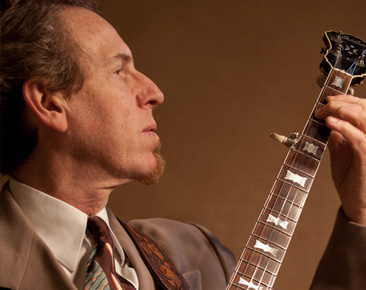
 For those who don’t regularly attend bluegrass festivals, or listen to the classic bluegrass music on albums or on terrestrial, streaming and satellite music stations — the clash of musical voicing is what makes classic bluegrass music… bluegrass music. It’s that quirky “you know it when you hear it” sound.
For those who don’t regularly attend bluegrass festivals, or listen to the classic bluegrass music on albums or on terrestrial, streaming and satellite music stations — the clash of musical voicing is what makes classic bluegrass music… bluegrass music. It’s that quirky “you know it when you hear it” sound.
A few weeks ago my band played at the historic Suwanee, Georgia bluegrass music hallowed-ground venue, Everetts Music Barn. Honesty moment: our band lineup on that night included a piano player. And for an additional purist-cringe-alism, she plays stunning flute. But the Everett family and their audiences have loved us for over a decade, and always have us back, as long as our presentation is respectful of the musical heritage and culture. We are considered family.
The opening band was young, from the area, and was as real as bluegrass music gets. Vocally, they hit sounds of which Bill Monroe, The Stanley Brothers and other original-geners would be proud. As we sat in the crowd listening, my bandmate turned to me and said “that doesn’t sound right” — to which I replied, “that right there is rarely heard LIVE bluegrass music perfection — two wrongs make an awful good right.”
With the sole intent of having him explain to our readers and listening audience the unique character used by our first-generation bluegrass music creators – I traveled 600 miles north to an Alexandria, Virginia dog park, stalking musical artist and scholar Ira Gitlin. It was a humid 98 degrees Summer morning. I came with my standard poodle, Bebe and my Montana made Gibson traditional Southern Jumbo guitar. Ira was there with his two dogs Zephyr and Quercus and his American Made Kel Kroydon banjo.
 Have a listen to a 9 minute excerpt with music from an hour-long conversation. Ira explains and demonstrates the musical ingredients of the secret sauce that so many current bluegrass bands either don’t understand or fear incorporating from their musical spice rack. With such clarity, Ira demonstrates that the authentic bluegrass music voicing is singing a chord (or two) that is not part of the chord structure being played on the instruments.
Have a listen to a 9 minute excerpt with music from an hour-long conversation. Ira explains and demonstrates the musical ingredients of the secret sauce that so many current bluegrass bands either don’t understand or fear incorporating from their musical spice rack. With such clarity, Ira demonstrates that the authentic bluegrass music voicing is singing a chord (or two) that is not part of the chord structure being played on the instruments.
The examples he uses are The Lonesome River as sung by Ralph & Carter Stanley, as well as Mac Wiseman’s and Bill Monroe’s duet vocals in Can’t You Hear Me Calling.
An important (to me) musical aside: I do sing *Bess* and not *best* when Ira and I demonstrate Can’t You Hear Me Calling. And you’ll hear the dogs chime in when needed, and the control tower at Ronald Reagan National Airport did decide to change the incoming flight path, but we didn’t care, because those elements “ain’t no part of nothin.’”







